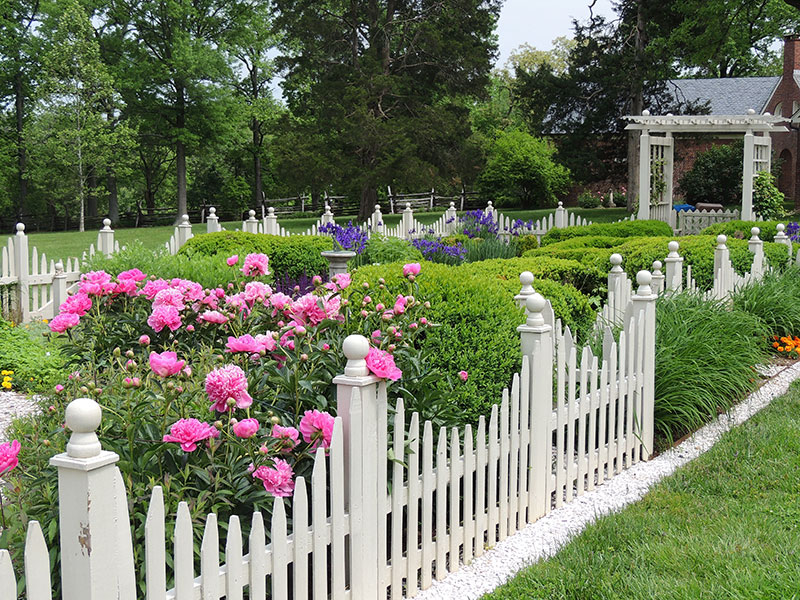Most of our house gardens are compartmentalized, resembling the kind of lives we lead. Every day we wake up, get out for work, go for lunch, drive back home, pick your kids from school, cook your dinner, watch TV and head off to your bed. This process is repeated every single day and it is sad enough to note that the garden spaces which surround our home are also pretty the same. There are the front yards, backyards, sideyards, vegetable beds and play areas for children.
We have actually convinced ourselves unconsciously that this is the way our gardens are going to be. How would it look if we could make our garden flow seamlessly and create a homogenous space? If you have already made up your mind that this could never happen, you’re probably wrong. Read on to learn the art of garden transitions and tips on garden design.
- Rethink your bed lines and landscape
Expert garden designers suggest that serpentine lines both evoke imagination and also have a soothing impact on the mind. In the theory of designing, the shape (serpentine) is considered as the ultimate line of beauty. It permeates a definite style with vitality, when compared to straight lines which signify inanimate objects or death. If you think your hardscape is established firmly and it can’t be changed easily, you need not fret. You can redesign your bed lines to create graceful curves and add that element of intrigue which was missing. Visit Bakker and get inspired to make your space magical.
- Key elements should be repeated
If you can repeat the utilization of a key element all over your garden, this would give you a peaceful aura of continuity. If the key element crosses through the pathway into a bed, this technique is more lucrative as it moves the eye back and forth all over the space of the garden. Suppose you plant the large-leafed hostas, this will punctuate the space from one side to another and keep your eyes moving along the pathway.
- Throw in an element to evoke transition
How about using boulders to evoke both contrast and interest? If you can throw in an element of change like boulders, the garden designer gets an automatic opportunity to start off something new. You can cut in a boulder near the metal edging through the pathway to offer unanticipated interest and a natural point of transition between a planting of autumn ferns and a moss garden.
- Color flow is something you should fall back on
Think of your middle school science classes. You had learnt about the natural color flow, the rainbow colors, violet, indigo, blue, green, yellow, orange and red. If you follow this same color flow in your garden, this will let you create a peaceful change in your garden space. Make red flow effortlessly into orange and then make it flow into tallow. Throwing in violet or pink flowers would rather be an intrusion.
- Mix and match things
Have you been thinking of adding a patio within the garden space? Are you not sure how to make your patio look as a natural part of the garden? The gravel that covers the path should similarly lead to the patio in the same color. If it is made of bluestone, this material should continue till the patio. If layers of bluestone are placed in the pathway as well, this will enhance the sense of continuity.
Therefore, now that you’ve got an insight on how to design your garden and rejuvenate the space, what are you waiting for? Go and get all the materials and items that you need to give a new look to your garden space.



